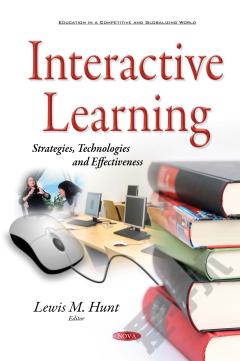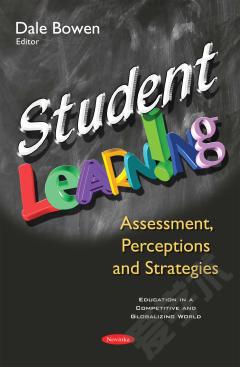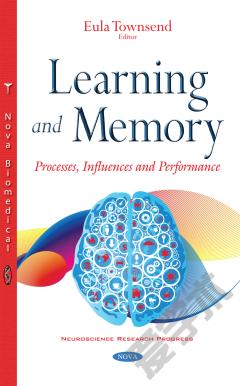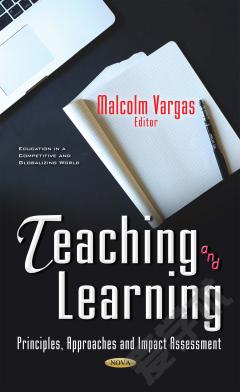Learning Styles and Strategies: Assessment, Performance and Effectiveness
The concept of learning style may include more than 70 different models with conflicting assumptions about learning and with different designs and starting points (Coffield et al., 2004). There are many different theories and models of learning styles with varying dimensions and variables (Evans & Graff, 2008). They focus on different aspects of cognitive processes, skills, sensory modalities, the process of learning, and thinking styles. Theories of learning styles assume that anyone can learn, albeit in different ways and on different levels. In this book, Chapter One sets out to explore research and outcomes into learning styles, which refer to the broadest range of preferred modes and environment for learning. Chapter Two identifies, describes, and examines the need for structure among teachers and students, as well as to understand students’ perceptions of this need. Chapter Three analyses the way students explain their academic results, by ordering six factors (effort, luck, knowledge bases or previous necessary knowledge, abilities, studying methods, and teacher) according to their degree of importance. Chapter Four combines knowledge from pedagogy and recommendation systems, and analyzes how combining four different learning style models (cognitive styles, epistemic styles, hemispheric styles, and perceiving styles) influences the choosing of preferred types of multimedia materials. Chapter Five investigates whether learning using clicker technology with learning styles encourages academic performance and increases pass rate in mathematics. Chapter Six reanalyzes previous research on learning styles in the Scandinavian context in relation to international research.
{{comment.content}}








 京公网安备 11010802027623号
京公网安备 11010802027623号